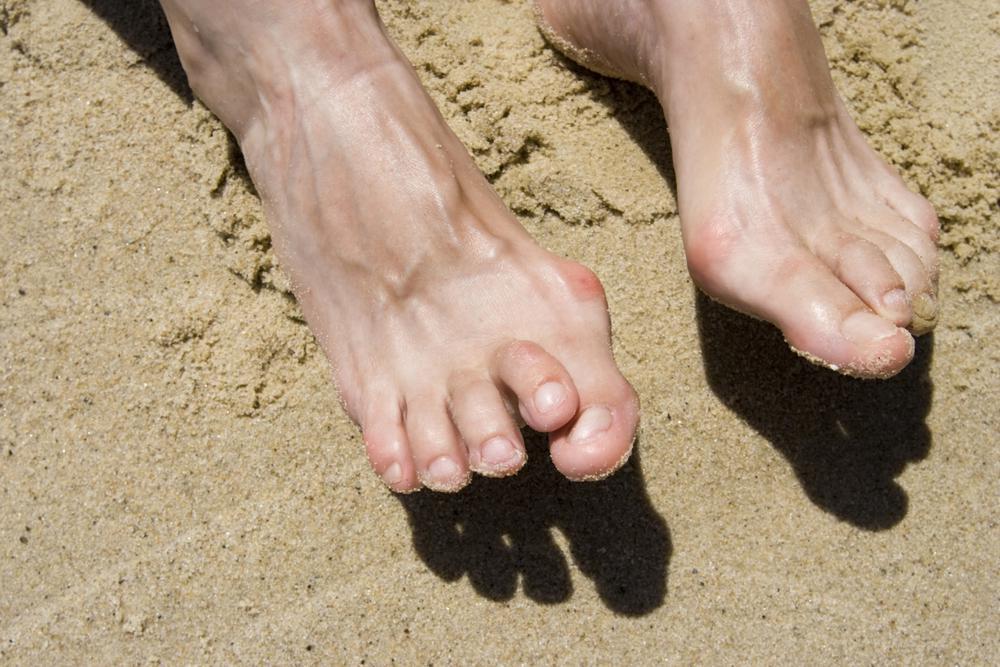If you’re living in pain because of hammertoe, you’ll probably find little solace learning that you’re not alone: Approximately 60 million Americans develop this condition. And, even though it’s common, most cases remain undiagnosed and untreated. Only about 10% of hammertoe sufferers undergo surgery in any given year.
Unfortunately, without treatment, severe hammertoe can cause pain and mobility issues that shut down your daily life. Plus, it also leads to an unsightly cosmetic appearance. But, there are steps you can take to both prevent or relieve hammertoe. And if it’s already too late for you, you don’t have to live with your symptoms. The experienced foot specialists at Great Lakes Foot and Ankle Institute have six locations across Michigan to examine and treat your hammertoe problems.
What causes hammertoe
When you have hammertoe or its close relative mallet toe, you develop deformities in your toe joints. Hammertoe affects the middle joint while mallet toe impacts the first joint that’s closest to your toenail. You can also have a third condition, or claw toe, that involves both of these joints. In most cases, your inner toes develop these joint abnormalities, not your big or baby toes.
Joint deformities develop when the soft tissues that support the alignment of your toe joints, like tendons, ligaments, and muscles, go out of balance. This often pulls the toe up and to one side, which leads to the characteristic hammertoe shape. You can experience these soft tissue issues because of an injury, such as stubbing, jamming, or fracturing a toe. Wearing tight shoes that crowd your toes can also lead to hammertoe, especially if your toes can’t rest flat. Having imbalanced toe muscles can also destabilize normal joint alignment.
Reducing your risk of hammertoe
To avoid developing hammertoe, you have to keep your toes straight and properly aligned. This often comes down to wearing appropriate footwear. Your shoes should offer protection against injury, particularly in environments with increased risk of foot injuries, like factories.
Wear the right footwear
The best shoes to prevent hammertoe have a wide and deep toe box so that your toes can function normally. Look for options that also have good arch support, which can slow the development of hammertoe and other deformities. When you choose style or performance, your foot and toe position can be compromised. So, it’s important to minimize your time wearing high heels and other shoes that cramps your toes or raise your heel.
We recommend buying your shoes later in the day. This ensures a better fit since your feet tend to be at their largest then. Most men and women have one foot that’s slightly larger than the other, so always make your shoe selection based on the bigger foot.
Use orthotics
If you’ve been prescribed shoe accessories like orthotics, use them. These devices help promote proper foot position by providing good arch support. Over-the-counter options like cushioning pads and supports can help too, but they might aggravate the fit of a shoe that’s already small.
Take care of your feet
Most people with diabetes know that foot inspections are an essential way to prevent small issues from becoming something serious. But everyone can benefit from checking their feet regularly. Giving yourself regular foot checks helps you find signs of joint deformity so that you can manage issues, like hammertoe, before they become painful.
You can also promote blood circulation by elevating your feet up regularly. And, if you spend lots of time sitting throughout the day, be sure to take frequent breaks to stretch and walk. Adding extra movement helps blood return to your heart and lungs. You can also treat yourself to regular foot baths or massages for even more preventive foot care indulgence.
Our physicians at Great Lakes Foot and Ankle Institute are ready to help when your hammertoe advances beyond your regular self-care. Schedule an appointment by using our online booking tool or by calling the office closest to you. Contact us at Great Lakes Foot and Ankle Institute today, and keep on your toes.

